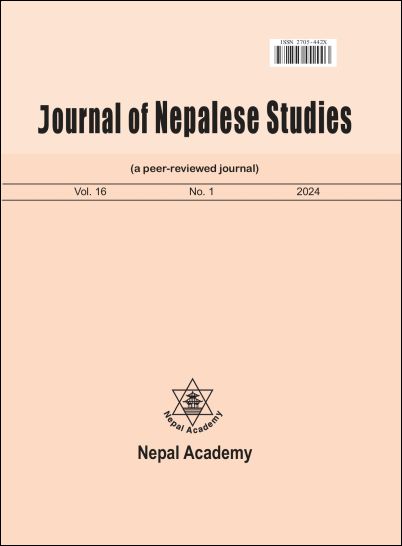Phonetic drift in the Nepali songs: The cross influence of English in Nepali
DOI:
https://doi.org/10.3126/jns.v16i1.71786Keywords:
Nepali and English Consonant Sounds, Language Attrition, Aspirated Bilabial Stops, Cross-Linguistic Influence, BilingualismAbstract
This paper investigates the presence of phonetic drift in both voiced and voiceless aspirated bilabial stops. The study focuses on Nepali 12 songs available on YouTube, where the pronunciation of aspirated bilabial stops is examined. The findings reveal both systematic and non-systematic deviations in the Nepali sounds within the observed cases. Crosslinguistic evidence of such deviations is noted in both Nepali and English languages. As is customary, the influence of one's first language (L1) on his/her second language (L2) is a widespread phenomenon. Conversely, the influence of L2 on L1 is relatively uncommon and is predominantly observed in younger speakers. The collected data is scrutinized through the lenses of phonetic drift (Chang, 2019) and language attrition (Schimid, 2011). The analysis indicates a deviation in the pronunciation of aspirated bilabial stops, with a frequent realization as labiodental fricatives. This deviation is observed at the micro-level or individual user level.




